- HOME
- Catalogue
-
Subject pages
-
Research
- Tools page
- Encyclopaedias >
- Search Englines >
-
eResources
>
- Archives footage Hawkes Bay Earthquake
- BBC Bitesize
- Canterbury Earthquake Kete
- Debatabase
- Digital NZ
- DKFindOut.com
- eBook Platform
- First World War resources page
- INNZ
- List of NZ Resources
- ICT Cybersafety agreement CHS
- Maori maps - mapping pa sites of NZ
- NZHistory online
- Papers Past
- Te Papa Images
- The Press Online
- How to assess books and websites >
- Magazines, Journals & Newspapers >
- Referencing, Essay structure & Grammar >
- Quick Links
- Contact us
0 Comments
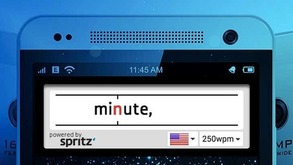 Spritz is a new app that encourages extreme scanning. Spritz is a new app that encourages extreme scanning. This is a snippet from a very fascinating article from an Australian newspaper last month. The whole article is well worth a read for 21st Century educators. A 2012 Israeli study of engineering students – who grew up in the world of screens – looked at their comprehension while reading the same text on screen and in print when under time pressure to complete the task. The students believed they did better on screen. They were wrong. Their comprehension and learning was better on paper. Researchers say that the differences between text and screen reading should be studied more thoroughly and that the differences should be dealt with in education, particularly with school-aged children. There are advantages to both ways of reading. There is potential for a bi-literate brain. "We can't turn back," Wolf said. "We should be simultaneously reading to children from books, giving them print, helping them learn this slower mode, and at the same time steadily increasing their immersion into the technological, digital age. It's both. We have to ask the question: What do we want to preserve?" 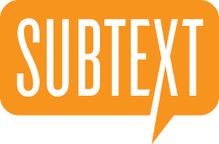 "Turn any book or document into a digital classroom.Subtext is a free iPad app that allows classroom groups to exchange ideas in the pages of digital texts. You can also layer in enrichment materials, assignments and quizzes—opening up almost limitless opportunities to engage students and foster analysis and writing skills." For more information on this iPad tool, click here, 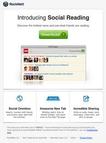 " ...Reading has a reputation for being an isolated activity. We often think of people in their pajamas or bathrobes, sunk into a massive armchair in front of a roaring fire, with a mug of hot cocoa in one hand and a page-turner in the other. Books have the unique ability to suck us into a whole new world where our imaginations are the only limit. So how can reading be social?" Click here for the full article (ignore the ads if you can and read on past them): http://www.makeuseof.com/tag/can-reading-be-a-social-experience/ 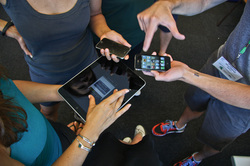 “This article by Hope Mulholland for TeachThought offers up what looks like a great list of resources on this very important topic. If you are just wading into the world of BYOD or want to learn more, have a look.” "BYOD policies–Bring Your Own Device–allow schools to bring technology into the classroom with a “bottom-up” approach. Such an approach can save money, allow students to use their own devices, and encourage a student-centered approach to learning. Recently we explained that “digital natives or not, technology dropped into the laps of students in schools isn't always as accessible as it might be. By allowing students to bring in their own devices for learning–rather than insisting that they learn both content and device in school–there is an important opportunity to connect with not just their personal lives, but their natural way of doing things.” But when you allow students to bring in hundreds of unique devices into a formerly closed technology setting, chaos can result–which is where, unfortunately, policy can be necessary." 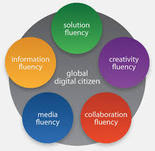 “We often talk about seizing the teachable moment. By using online forums, the teachable moment can be 24/7. This EdTech Review article from Chris Carter talks about using online forums for learning anywhere and anytime. Online forums are not magic bullets that save time; they require frequent and meaningful instructor participation that is, at the same time, balanced in a way that allows the students to come to their own understandings.” Very interesting article about ICT in practice in the classroom: http://fluency21.com/blog/2013/08/23/raising-digital-hands-running-effective-forums/ |
@Saskia_CHSLFollow me on Twitter for other Professional Development tidbits. Archives
November 2014
Categories
All
|
|
All original content on this site is copyright protected. Please contact Saskia Hill, CHS Library Manager, if you wish to republish. 2024. All book cover images used in this site are used under the SLANZA agreement for book promotion. |
 This work by Cashmere High School Library (original content) Saskia Hill is licensed under a Creative Commons Attribution-NonCommercial-ShareAlike 4.0 International License. |

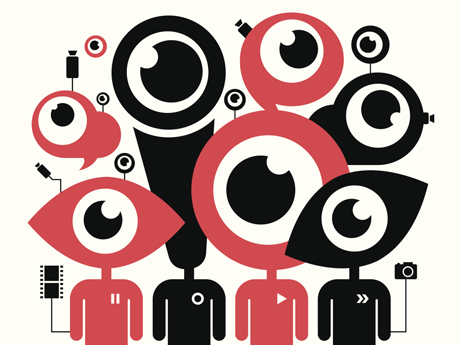

 RSS Feed
RSS Feed
